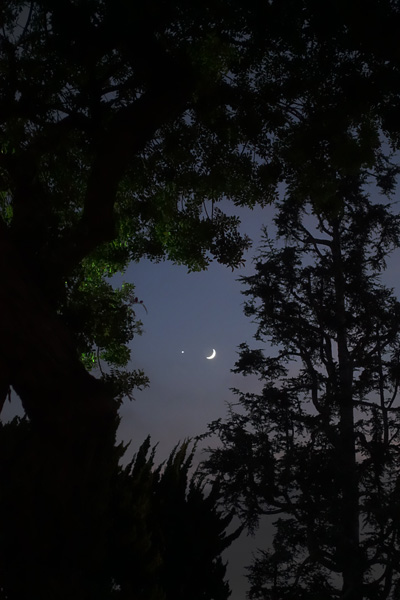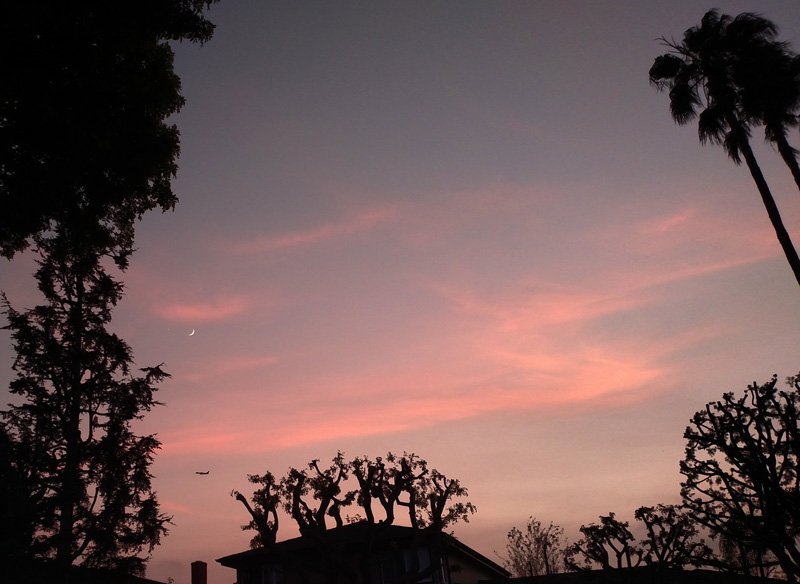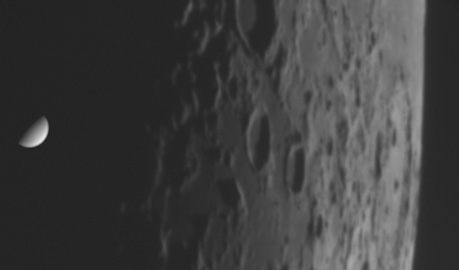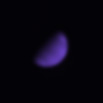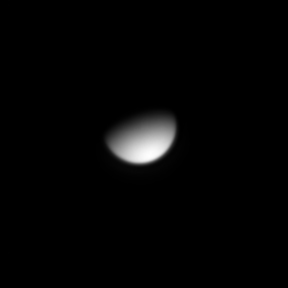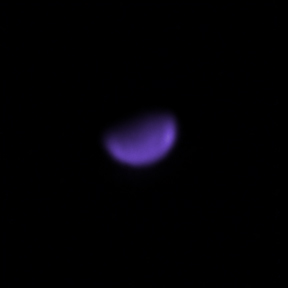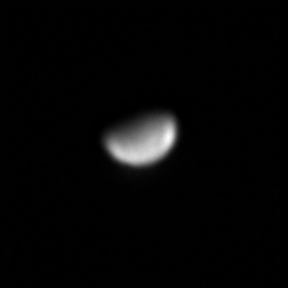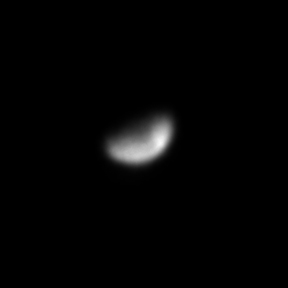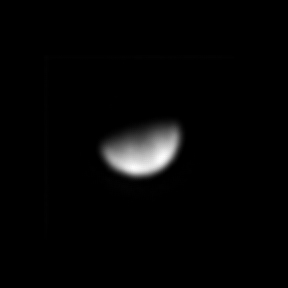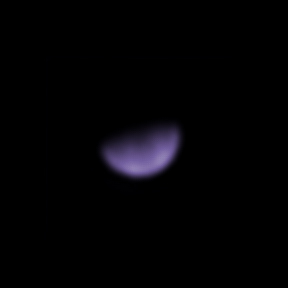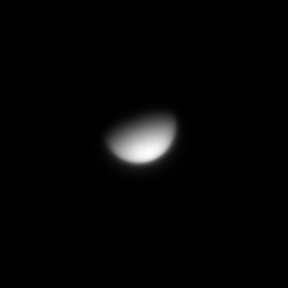While you may have read some of the hype surrounding the most favorable Mars viewing since the 2003 opposition (which helped inspire my interest in astronomy), there's a less encouraging story surrounding Mars recently.
Recall Mars is the only planet in the solar system who's surface detail can be seen telescopically, and that Mars is only in a favorable position for viewing from earth every 2 years (26 months). More on Mars in my 2013 blog entry
Unfortunately, what started as a small dust storm on a portion of the surface has evolved into one of the largest dust storms in recorded history, completely obscuring surface detail for the last few weeks. While planetologists find this fascinating, it's a bummer for amateur astronomers, as all that can be seen is a featureless orange disk.
Here's an image of mars from 2005. The snaky white structure just right of center is a dust storm:
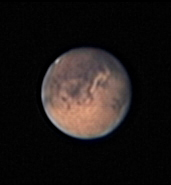 |
| Mars 10/19/05 08:00 UTC |
Here's my first image of mars this year. The entire surface is obscured by dust, you can see a hint of blue surface structure and polar caps:
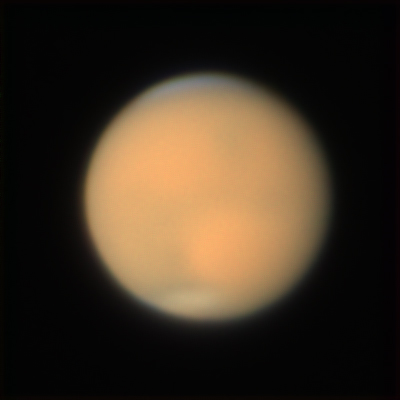 |
| Mars 7/14/18 08:00 UTC |
An infrared image cuts thru some of the storm, showing a bit better contrast:
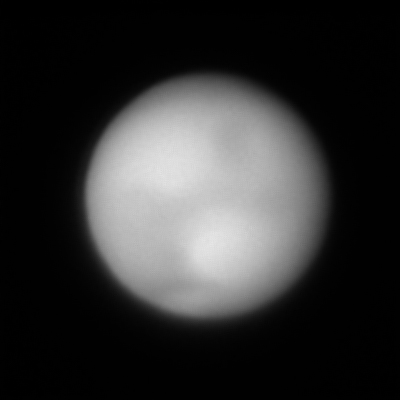 |
| Mars 7/14/18 08:00 UTC, infrared |
Consider the fate of a manned Mars mission dependent on solar power during a month long planet-wide storm...Potato!
Some nice before and after images can be seen in this sky & telescope article
Nevertheless, the storm seems to be lessening, so there may be more to see during opposition on 7/23/18.
Image details:
10/19/05 08:00 UTC
nexstar 8 gps, 2.5x powermate
toucam pro ii
1/500 exposure 3000 frames
Los Alamitos, CA
7/14/18 08:00 UTC
celestron 11" Edge HD
televue 2x barlow
ZWO ASI 290MM
zwo RGB filters, Baader IR pass "685" nm
90 second captures each filter, 200 FPS
gain 361, exposure ~1 ms (3 ms blue), 30% histogram
elevation 30 degrees
Eastbluff
Southern California
